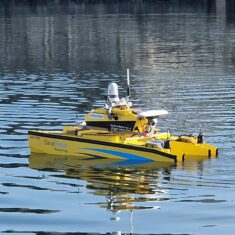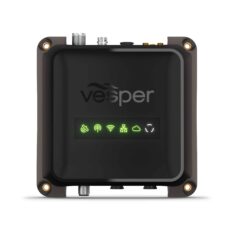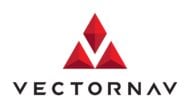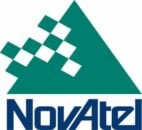Autonomous navigation allows unmanned vehicles and robotics to follow preset waypoints or plan their own routes without input from human operators. This may require inputs from a variety of different sensors and data sources, and onboard vehicle computing systems may also make use of technologies such as artificial intelligence, computer vision and machine learning.
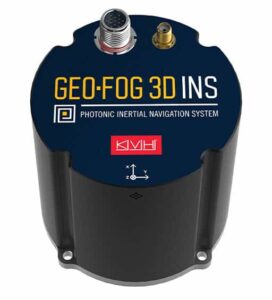
GEO-FOG 3D INS & AHRS by KVH
UAVs (unmanned aerial vehicles) may require autonomous navigation as part of BVLOS (beyond visual line of sight) operations.
Collision and obstacle avoidance is a crucial part of UAV autonomous navigation, and a robust solution is essential for the required level of safety that must be demonstrated in order for such drones to be certified to operate. Autonomous positioning may also be required for station-keeping and loitering applications.
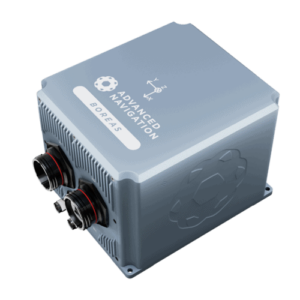
Advanced Navigation’s Boreas D90 Digital FOG INS
Drones may use GPS/GNSS receivers, inertial navigation systems (INS), LiDAR scanners, ultrasonic sensors and visual cameras to navigate autonomously. They may also use a navigation technique known as SLAM (Simultaneous Location and Mapping) to create a map of their surroundings and understand their position within it.
UGVs (unmanned ground vehicles) and self-driving vehicles typically use a combination of GNSS, inertial measurement, and either LiDAR or cameras to provide autonomous navigation and collision avoidance capabilities. Sensor fusion is essential for the system to integrate the different sources of information in order to build an accurate model of the surrounding environment.
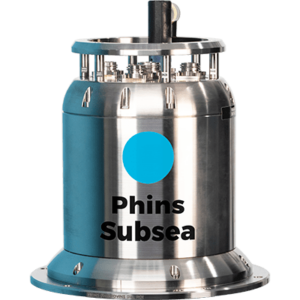
Phins Subsea – iXblue’s high-performance INS for deep-water operations
USVs (unmanned surface vessels) may use autonomous navigation to undertake long voyages in marine and maritime environments. In addition to LiDAR navigation and camera sensors, they may use AIS and weather data to plan the most favorable route, avoiding other vessels and challenging waters.
AUVs (autonomous underwater vehicles) cannot rely on GPS or GNSS signals for navigation, as radio waves do not penetrate well in water. In addition to internal navigation systems, they may use acoustic solutions such as USBL (ultra-short baseline) and DVLs (Doppler velocity logs).







